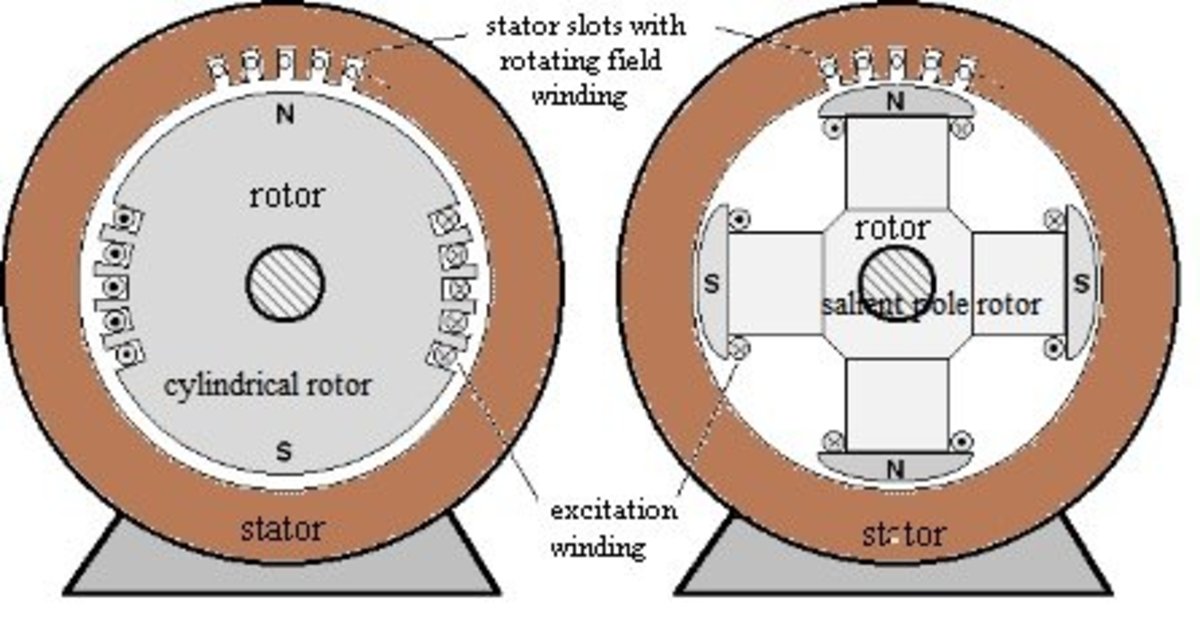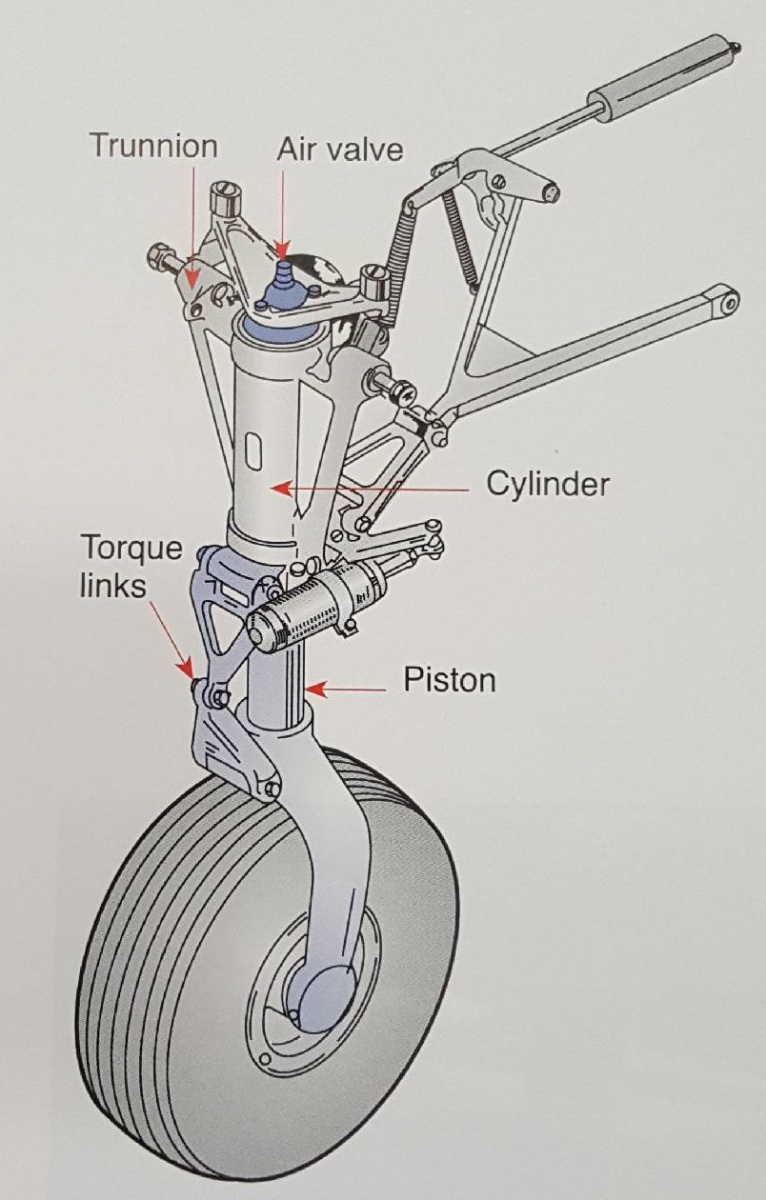Reinventing the 4000-M.P.H. Train.
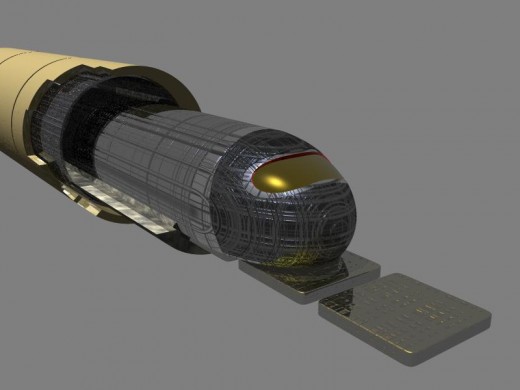
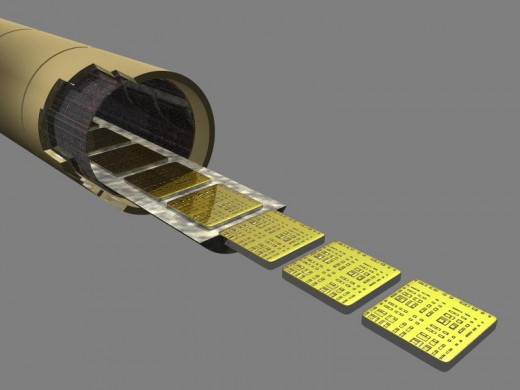
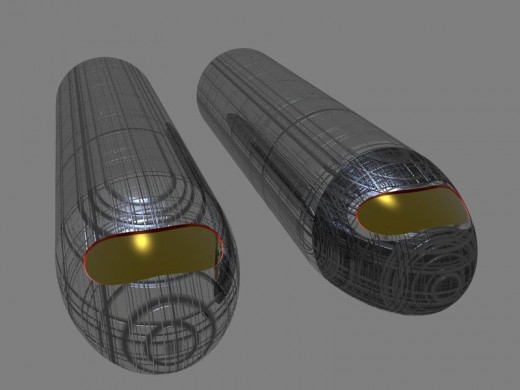
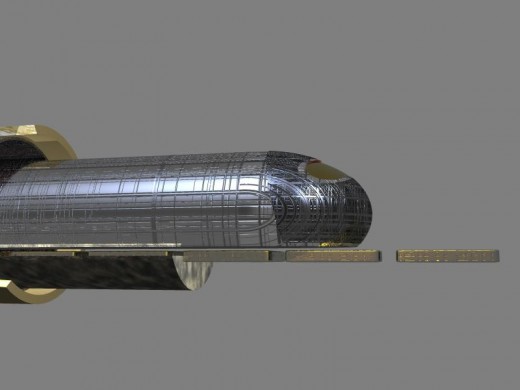
A proposal for a train that can travel at 4000 miles per hour may need a few changes.
I recently read an article in the May, 2011 issue of Popular Science magazine. The article is titled "Supertrain", and it describes a concept for a high-speed train that could travel as fast as 4000 miles per hour. The sub-title on the cover of Popular Science says, 'Rocket from New York to L.A. in 41 minutes-and live to tell about it'. A company in Florida called et3 claims that they are developing this train. Their website calls the train an ETT, which stands for for 'evacuated tube transport'. Their website calls it 'space travel on earth'. Indeed, if it travels at a speed of 4000 M.P.H., it would bring some of the hazards of space travel to Earth.
The train can theoretically attain high speeds, because it has no wheels to slow it down. Instead of being supported on wheels, as a conventional train is, the ETT is supported by magnetic levitation. Magnets are embedded in the track that the train travels on, and these magnets provide a magnetic field that lifts the train off the tracks. The train literally flies above the tracks on a magnetic field, although it doesn't go very high, it's only going to be about an inch above the tracks. Since friction with air would slow the train down, the train has to travel inside a tube that is evacuated, that is, it travels in a vacuum. All the air has to be pumped out of the tube, so the train can attain high speeds. Without wheels or air resistance to slow it down, the train should be able to hit top speeds of 4000 miles per hour, in it's airless tunnel.
When I read about this train, I wondered what would happen if the tunnel sprung a leak when the train was roaring through at 4000 miles per hour. Naturally, air would leak into the tunnel, and within a few minutes the tunnel would be filled with air. The results of the train hitting that air at 4000 M.P.H. would obviously be catastrophic. It would be like hitting a solid wall of air. The resulting friction between the train and the air would create heat. The heat created by air friction would probably cause the outer surface of the train to melt. I thought that if I were reinventing the train, I would design it with a layer of heat-resistant tiles. The heat-resistant tiles would protect the train from thermal damage.
Does the idea of heat-resistant tiles sound familiar? There are heat-resistant ceramic tiles on the bottom of the space shuttle. When the space shuttle is orbiting the Earth, it does not encounter any aerodynamic resistance, since it orbits outside the Earth's atmosphere. When the shuttle re-enters the atmosphere, it is subjected to tremendous heat, because of the friction with the air. This is why the space shuttle is covered with heat-resistant tiles. Certainly, if a train is going the travel through an evacuated tube at 4000 M.P.H. it would need heat-resistant tiles, too, because if air ever entered the train tunnel, the result would be disaster. So, if you're ever designing a train that is expected to travel at 4000 miles per hour, don't forget to include the heat-resistant ceramic tiles, just in case your tunnel springs a leak!







